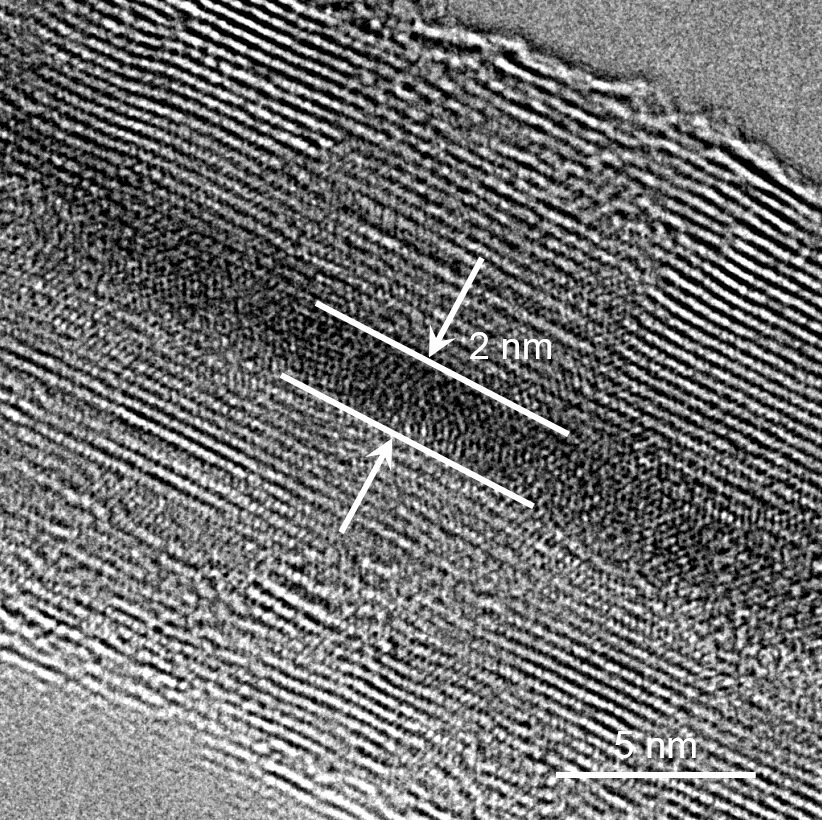
Scientists have created a wire of nanometer thickness,which consists of chains of tellurium atoms located inside a boron nitride nanotube. This design conducts electricity well, is isolated, and can be controlled by light or pressure.
Gradually electronics are becoming smaller andmore efficiently, therefore there is a growing demand for new materials for wiring, which must not only perform their basic functions well, but bend without cracks or breaks, and also withstand temperature changes or even shocks. Without this it is impossiblethe existence of full-fledged wearable gadgets, electronic fabric, ultra-thin devices
A team of physicists from Michigan TechUniversity has created tiny straws of boron nitride, with a diameter of only 2 nm and a wall thickness of 1 atom. They are durable, flexible and have good insulating properties. Then the scientists stretched atomic tellurium chains through the hollow tube, which have a good current-carrying ability with a current density of 1.5 x 108 A cm-2. The result is a tiny sheathed wire.

According to physicists, tellurium has a number of unique characteristics and, unlike silicon, the atoms in its chain are not arranged in a straight line, but in the form of a spiral.

The team used these nanowires to createfield-effect transistors 2 nm wide. They also experimented with single-strand and triple-bundle encapsulation of tellurium atoms. In addition, tellurium-filled nanowires are sensitive to light and pressure, another promising aspect for future electronics.
Before using such nanowires in real devices, scientists have to carefully study their properties and potential.
Previously, we also reported that engineershave developed transistors consisting entirely of flax threads coated with carbon nanotubes, which can be used to create any logic and integrated circuits or entire electronic devices.
</p>




